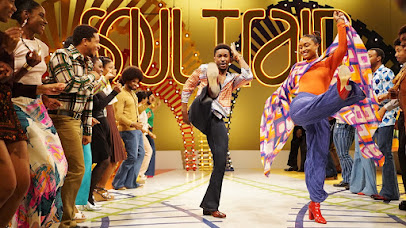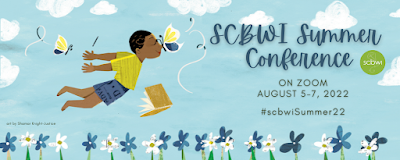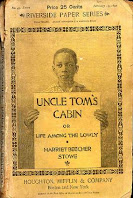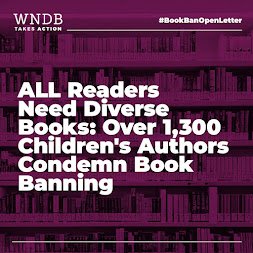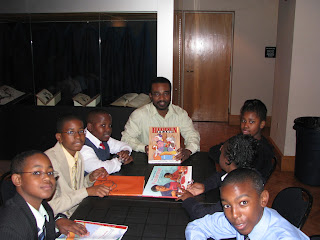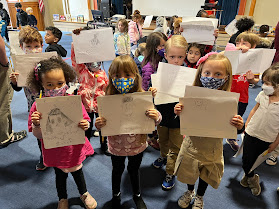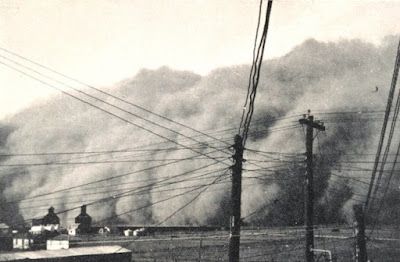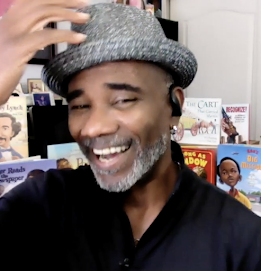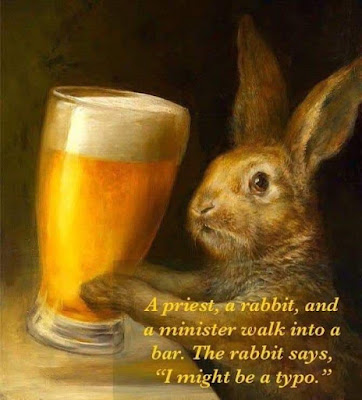Here’s the thing, banning books is not new; it’s been around for as long as publishing has been around. Words are the seeds of knowledge and knowing is powerful. It’s exactly why enslaved people were punished for learning how to read.
Harriet Beecher Stowe’s UNCLE TOM’S CABIN, considered by some to be one of the most influential pieces of literature in American history, was a best-selling novel of the 19th century. While it was problematic in many ways, particularly in its stereotypical portrayal of an enslaved Black man, the book had a pro-abolition message. That raised the ire of the Confederacy, who didn’t like anti-slavery messages tainting folks’ minds, and so UNCLE TOM’S CABIN was banned in the south before the Civil War.

Throughout my thirty-plus years in publishing, banned book controversies came and went. I mean, heck, CHARLOTTE'S WEB was challenged because “talking animals were disrespectful to God.” WHERE THE WILD THINGS ARE was challenged for “depicting child abuse” (and for Max being depicted too dark skinned). And remember the whole WALTER THE FARTING DOG brouhaha (I loved Walter)? So when recent book banning conversations started during the Covid-19 pandemic, I didn’t think much about them—it's just an ebb and flow issue in publishing, I thought.
At worst, I figured, if one of my books actually got challenged or even banned, that might be a good thing, right? It might be seen as a badge of honor, as some authors trumpet. Would a banned book boost my sales? Soon after that, chatter about book challenges turned to full-out book bans when politicians began to pass laws demanding that certain books get removed from school libraries—books they deemed “pornographic” or taught “Critical Race Theory.” There was even a list circulated in Texas of some 850 books librarians were asked to remove. Things were getting scary.
You see, most of my books are biographies about Black historical figures who overcame obstacles to make important contributions to the country. There’s the story of
George Moses Horton, an enslaved man who became the first Black man to publish a book in the South—his poetry protesting slavery. Then there’s the story of
John Roy Lynch, a former enslaved man who rose up through politics to become Speaker of the Mississippi House of Representatives in 1872, in the backdrop of the Reconstruction period. And most recently, a book that I illustrated about the
Harlem Globetrotters, a basketball team who became known as “The Global Ambassadors of Basketball.” The biggest obstacle each of these figures faced: racism.
Might my books be on these banned lists, too? I was afraid to look.
In the past few months, I heard stories about authors of diverse books needing to hire security while at school visits. I heard about speakers at conferences wearing bulletproof vests. I learned about librarians losing jobs for refusing to remove challenged books. I could no longer live in the false security of ignorance—I turned to Google.
Turned out, a book that I illustrated,
RON’S BIG MISSION, written by Rose Blue and Corinne J. Naden (Dutton, 2009), which is probably my bestselling book, was featured on
BEYOND THE BUBBLE, an episode of NBCs SOUTHLAKE. It's podcast that examines the so-called critical race theory battle. I shuttered. RON’S BIG MISSION is an empowering story. It’s about a brave Black boy (young
Ron McNair the astronaut who died in the Challenger Space Shuttle accident in the 80s) who staged a protest when he was denied access to a library card due to the color of his skin. Eventually, the librarian gave in and issued him a card, and so that day he desegregated his community library. It’s a story that all children need to know about—to see Black people doing positive things, which can smash biases and build empathy. Thankfully this particular
saga ended well, when parents supported the book, and the principal read the story to the entire student body over Zoom.
But the situation made me think about what more I should be doing. I’m thrilled that there are more diverse books today than when I was a kid. I’m happy that when I enter a library today, I see many more brown faces on bookshelves. I remember a time when publishers shied away from featuring brown faces on the cover of a book—even when the book was about a brown person. I certainly don’t want to return to the days when libraries featured people who looked like Dick and Jane, Goldilocks, and Harry Potter—only! But I’ll be honest, I felt small—powerless.
Then I thought about young Ron McNair. On the day he protested at his neighborhood library, he faced a Goliath—the giant of racism. Still, he didn’t cower and run away, he made a stand. And his actions made the library a better place for everyone in the future.
So, what can I do—what can we all do in this book banning conundrum? Shoot, I don’t know. But one thing’s for sure, we need to support librarians. They are strong, but they are hurting. Last month at the Texas Library Association in Fort Worth, Texas, I attended a session where two librarians spoke on the issue of censorship and offered Intellectual #FReadom Resources. Later in the day, I saw the librarians on the exhibit floor, and I was overwhelmed by the gratitude they showed me for simply showing up—for being there to support them. Librarians are doing the tough work of supporting diverse books and student access to books. They need to know that they’re not in the battle alone.
In his Publishers Weekly article, STAND BY OUR TEACHERS AND LIBRARIANS, author Chris Barton speaks
to supporting libraries by saying, “pick an institution that we cherish and make sure the people at that institution know that we appreciate them and have their backs. (Not sure how to effectively demonstrate your support? Ask them!)." Just this week, two-time Newbery Honor-winning author Christina Soontornvat
penned a letter to the House Subcommittee on Civil Rights and Civil Liberties, condemning the current wave of book suppression that specifically targets titles by creators who are LGBTQIA+ and Black, Indigenous, and people of color. The letter was signed by over 1,300 children’s book authors—including me!
Thirdly, everyone needs to take this book banning seriously. Banning books is not a badge of honor, as author Nikki Grimes speaks about on her popular blog NOTES FROM NIKKI. After all, publishing is a moneymaking business. If diverse books become unprofitable because books can’t reach kids, publishers, I believe, will stop making them.
Most importantly, we should not give up hope. We need to keep doing the work—writing the stories so all children can see themselves and know that they are important in the world in which they live.
Also read:
AUTHORS RESPOND
'DEAR MARTIN' AUTHOR RESPONDS TO BOOK CONTROVERSY IN MONETT
BEST SELLING AUTHOR FROM CHESAPEAKE KWAME ALEXANDER TALKS ABOUT BOOK BAN CHALLENGES
Don Tate is the award-winning author and/or illustrator of numerous picture book biographies, including PIGSKINS TO PAINTBRUSHES: THE STORY OF FOOTBALL PLAYING ARTIST EARNIE BARNES (Abrams, 2021) and SWISH! THE SLAM-DUNKING, ALLEY-OOPING, HARLEM GLOBETROTTERS (Little Brown, 2020). His WILLIAM STILL AND HIS FREEDOM STORIES: THE FATHER OF THE UNDERGROUND RAILROAD (Peachtree, 2020) was an SCBWI Golden Kite winner in the nonfiction category. Don is a founding host of the Brown Bookshelf, a blog dedicated to advocating for Black authors and illustrators writing for children. When Don isn’t writing, illustrating or visiting elementary schools, he enjoys working out, swimming, yoga, and anything sweet and chocolaty.


